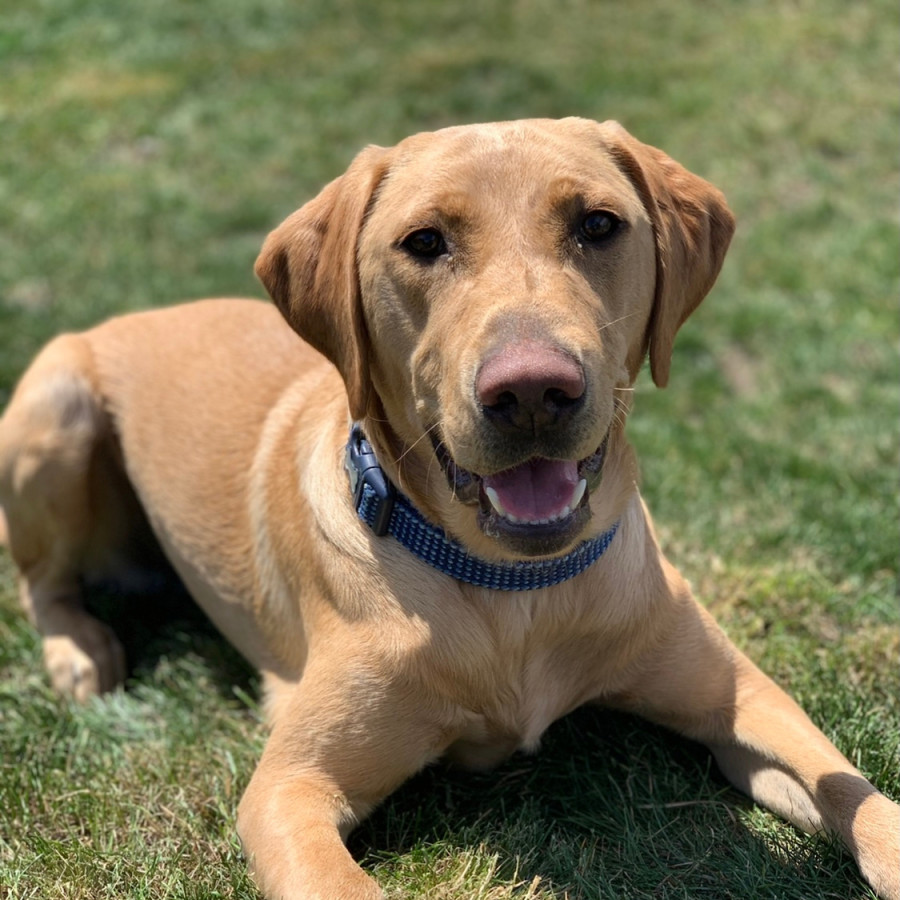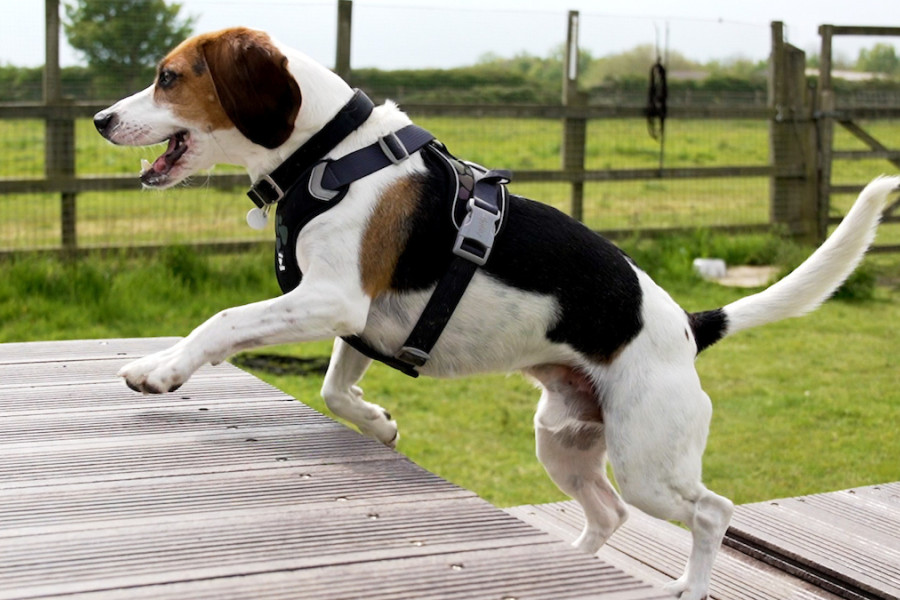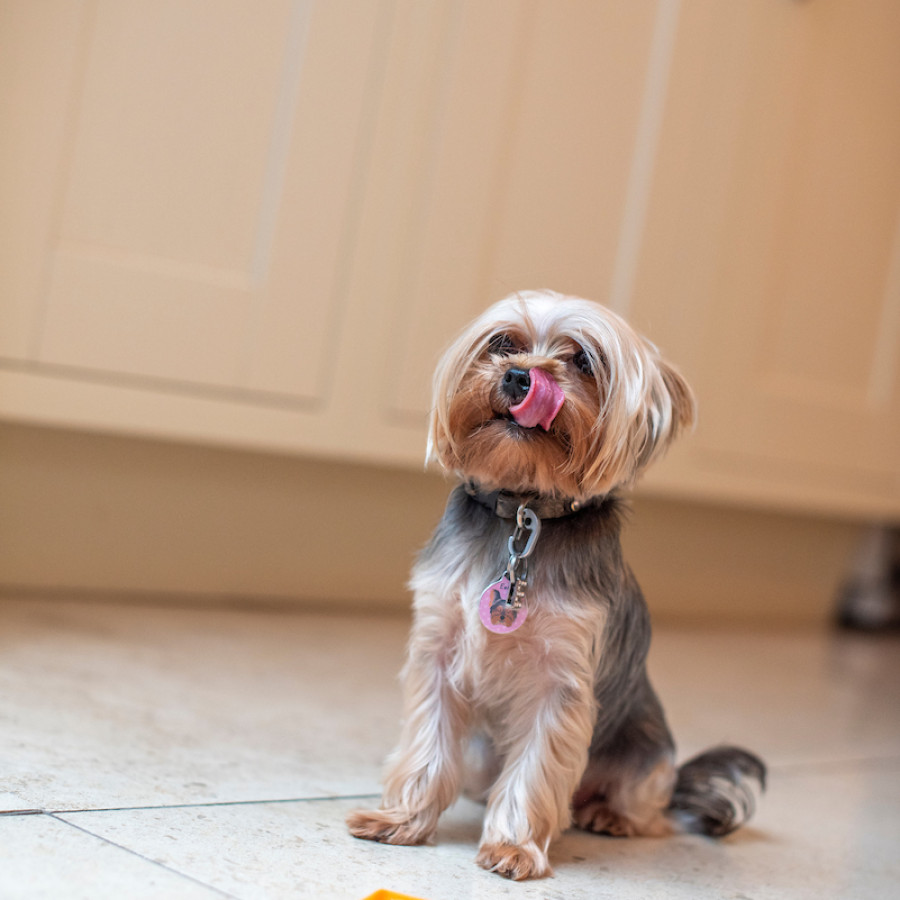
Omar asks
My dog ate chocolate, what should I do?
Check your dog’s body condition score. An ideal weight has a BCS of five. The lowest being one and nine the highest.
If your dog needs to lose weight, you can ask for support from your vet, as they can prescribe low-calorie food and may also offer regular check-ins to monitor how things go.
Weigh the food for you dog using kitchen scales to ensure they’re eating the right amount. It’s easy to over feed them, especially if they’re on a complete dry diet.
As you monitor your dog’s weight loss which takes time and commitment, a safe weight to lose over a 12-week plan for example, is one to three percent of bodyweight per week.
Puzzle, slow or interactive feeders can be great to help with mental and physical stimulation, particularly for dogs with reduced mobility or other limitations, as they encourage them to work for their food.
Can you feel your dog’s ribs easily when you run your hands down either side of their chest? In an ideal BCS you should be able to feel the ribs with minimal fat coverage. If you find that you need to increase pressure to feel them, this could indicate a score higher than the target 5.
Gently run your hands either side of the dog’s waist, following their natural curve into the abdominal tuck which should show a curve at the back of the chest.
Check underneath the chest towards the abdomen too, where there should be a tuck upwards into the abdomen as you move your hands along the body from front to back.
Look at your dog’s body standing over them. Is there a visible waistline or more of a continuation from the chest?
Feel their spine and pelvis. Are there obvious squishy areas over the tail base, abdomen and/or back?
Make sure everyone in the family home is aware that the dog is on a diet. Other family members may unknowingly feed the dog a second meal, or give them tidbits, and dogs won’t tell us that they’re having an extra dinner or tempting treats!
Make mealtimes fun and last longer by using enrichment toys or puzzle feeders. They’ll help cut out the need for treats and titbits too!
Does your dog need more daily exercise? If so, start off slowly and increase this gradually.
Make sure you feed your dog the correct food for their age and stage of life. A dog over seven years old may benefit from a senior diet, as this has a lower calorie content.
I was struggling with my dog's anxiety, especially when we had to leave the house. Thanks to Woodgreen's advice, I've made some changes that have worked wonders. By sticking to a consistent routine, my dog knows what to expect each day, which has significantly reduced her anxiety.
This advice really helped me and my new pup! I tried teaching recall without your guidance and struggled. Woodgreen's step-by-step dog training videos break each action down for you and I'm happy to say we finally made progress!

Omar asks
My dog ate chocolate, what should I do?
Ivan asks
How often should I feed my dog?
Tom asks
Why does my dog eat poop?
